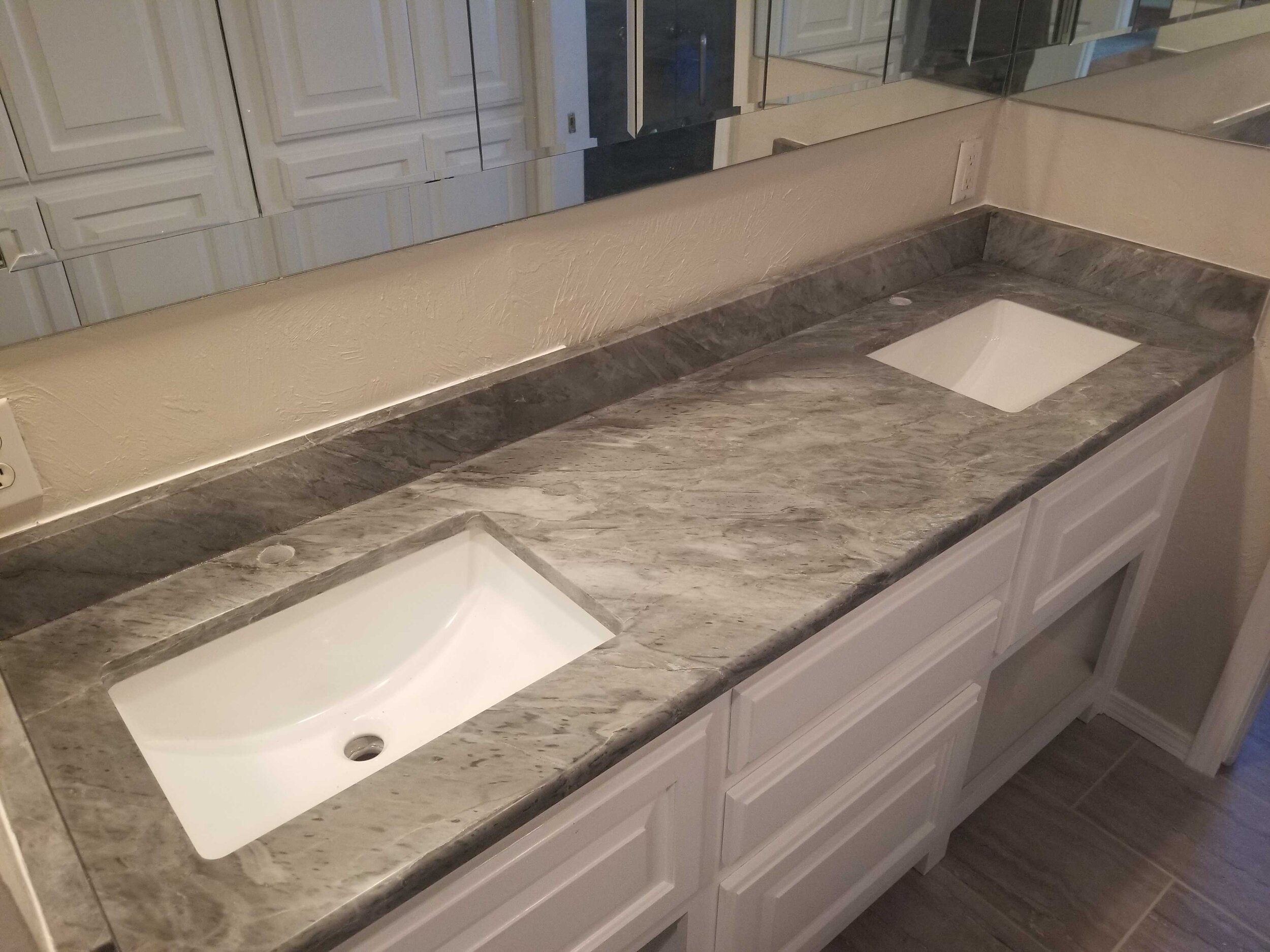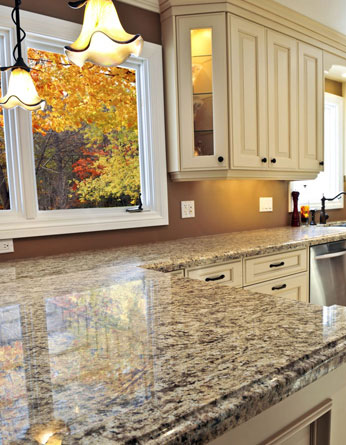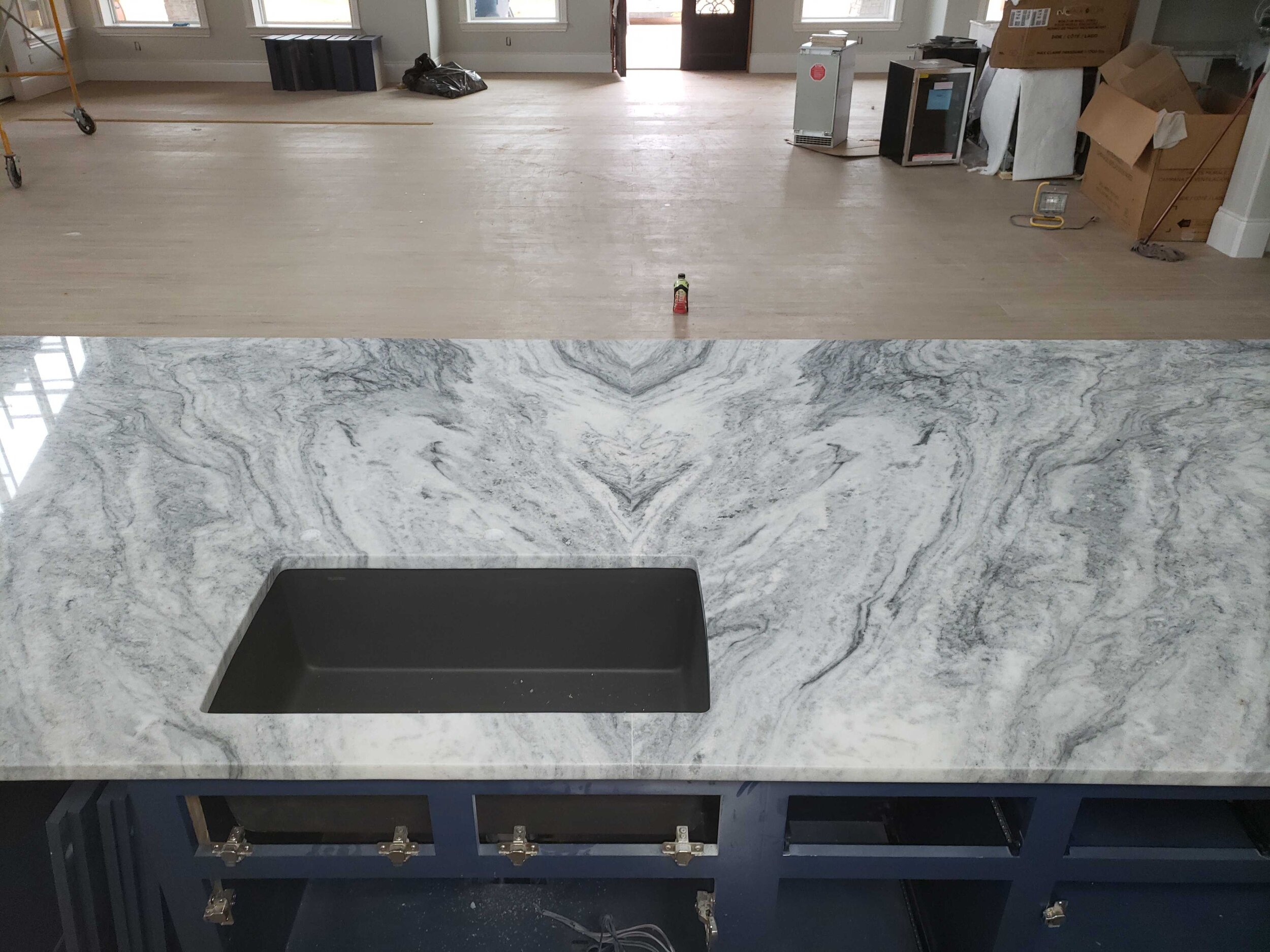When it comes to redoing marble countertops, I’ve learned that the process requires a careful balance of aesthetics, functionality, and long-term durability. Marble is a timeless material known for its elegance and unique veining, but it also demands a level of care and attention that not all countertops require. One of the first steps in a marble countertop redo is assessing the condition of the existing surface. This involves looking for signs of wear, such as etching, staining, and scratches, which can all affect the outcome. I’ve found that understanding the specific issues with the current marble surface helps in planning the most effective approach for the redo, whether it involves resurfacing, polishing, or a complete replacement.
In my experience, one of the key decisions when redoing marble countertops is choosing the right type of marble. Marble comes in a variety of colors and patterns, each with its characteristics. Carrara marble, for example, is known for its soft gray veining, while Calacatta marble has more dramatic and bolder patterns. I always advise considering the overall design of the space and how the new marble will complement existing elements. The choice of marble can significantly impact the final look, and selecting the right slab is crucial to achieving the desired aesthetic. Visiting a stone yard to view full slabs in person is something I never skip, as photos rarely capture the true beauty and nuances of the stone.
Once the marble is selected, the next step in the redo process often involves addressing any existing damage to the countertops. In my experience, minor scratches and etching can often be remedied with professional polishing. This involves using a series of diamond polishing pads to gradually buff out imperfections and restore the marble’s original shine. For deeper scratches or chips, I’ve found that filling the damaged areas with color-matched epoxy can help blend them into the rest of the surface. However, there are times when the damage is too extensive, and replacing the damaged section or the entire countertop may be the best option.
After addressing any damage, sealing the marble is a critical step that I always recommend. Marble is a porous material, meaning it can absorb liquids and stain easily if not properly sealed. Sealing creates a protective barrier on the surface, helping to prevent stains and making the marble easier to clean. I typically suggest using a high-quality penetrating sealer, which seeps into the pores of the marble without altering its appearance. It’s important to reseal the countertops periodically, depending on the level of use, to maintain their protective qualities. I’ve found that this step is often overlooked, but it’s essential for preserving the beauty of the marble over time.

Another aspect of redoing marble countertops that I’ve encountered is the option of honing versus polishing the surface. Polished marble has a shiny, reflective finish that can enhance the stone’s natural veining, but it also shows scratches and etching more easily. On the other hand, honed marble has a matte finish that is less reflective and can hide imperfections better. I’ve worked with clients who prefer the softer look of honed marble, especially in high-traffic areas like kitchens, where wear and tear are more likely. The choice between honed and polished finishes ultimately depends on personal preference and the specific demands of the space.
During the redo process, I also take into account the edges of the countertops. The edge profile can significantly affect the overall look of the countertops and the space as a whole. There are many edge profiles to choose from, including straight, beveled, bullnose, and ogee. In my projects, I often match the edge profile to the style of the kitchen or bathroom. A straight edge provides a clean, modern look, while an ogee edge adds a touch of traditional elegance. I find that the edge profile is an important detail that ties the entire countertop design together, so I give it careful consideration during the planning phase.
When it comes to the actual installation of the new marble countertops, precision is key. Marble is a heavy and fragile material, and any mistakes during installation can lead to cracks or misalignment. I’ve learned that working with experienced professionals who specialize in stone installation is crucial to achieving a flawless finish. The countertops need to be measured and cut with exacting accuracy, and the installation process requires careful handling to avoid damaging the stone. I always ensure that the installation team is well-versed in working with marble, as this can make a significant difference in the final result.

Another important consideration during a marble countertop redo is the integration of sinks and fixtures. I’ve found that undermount sinks are a popular choice with marble countertops because they provide a seamless look and make cleaning easier. However, it’s important to ensure that the sink is properly supported and sealed to prevent leaks and water damage to the marble. The placement of faucets and other fixtures also needs to be carefully planned to avoid drilling into the marble in a way that could weaken or damage it. I always work closely with the contractor to ensure that these elements are precisely installed and properly aligned with the overall design.
Lighting is another factor that can significantly impact the appearance of marble countertops. In my experience, the way light interacts with marble can enhance or detract from its natural beauty. For instance, under-cabinet lighting can highlight the veining and patterns in the marble, creating a stunning visual effect. I often recommend experimenting with different lighting options during the redo process to find the best way to showcase the marble. Natural light also plays a role, so I consider the placement of windows and how sunlight will interact with the countertops throughout the day.
Maintaining the marble after the redo is a topic I always emphasize. While marble is beautiful, it’s also susceptible to staining and etching, particularly from acidic substances like lemon juice, vinegar, and certain cleaners. I always advise using coasters, cutting boards, and trivets to protect the surface. Regular cleaning with a pH-neutral cleaner is also essential to keep the marble looking its best. In my experience, setting up a regular maintenance routine, including resealing the countertops as needed, can help prolong the life and beauty of the marble.
Incorporating a backsplash that complements the marble countertops is another aspect I consider during a redo. A backsplash can tie the design together and provide additional protection for the walls. I’ve worked with various materials for backsplashes, including marble, tile, and glass, each offering a different aesthetic. Matching the backsplash to the marble countertops can create a cohesive look, while contrasting materials can add visual interest. I often recommend selecting a backsplash that complements the veining and color tones of the marble to create a harmonious design.

When it comes to cost, redoing marble countertops can be a significant investment. I always advise clients to budget not only for the marble itself but also for installation, sealing, and any additional elements like backsplashes or edge profiles. It’s also important to consider the long-term maintenance costs, as marble requires more care than some other countertop materials. However, I’ve found that the investment is often worth it for those who appreciate the unique beauty and elegance that marble brings to a space.
If you’re considering redoing your marble countertops, I always suggest taking the time to research and plan every detail. From selecting the right slab to choosing the finish and edge profile, every decision contributes to the final outcome. In my experience, working with professionals who understand the nuances of marble is crucial to achieving a successful redo. The process may require time and patience, but the result is a stunning and timeless addition to your home that can be enjoyed for years to come.
Last, I’ve learned that marble countertops are more than just a functional surface—they’re a statement piece. The natural beauty of marble adds a level of sophistication and luxury to any space. Whether you’re redoing the countertops in a kitchen or bathroom, the end result is a reflection of your style and attention to detail. With the right care and maintenance, your new marble countertops can become a lasting centerpiece that elevates the entire room.

Common Mistakes to Avoid
Redoing marble countertops can be a rewarding project, but I’ve seen several common mistakes that can lead to less-than-ideal results. One major mistake is not properly sealing the marble after installation. Without a good seal, the marble is more susceptible to staining and damage from spills. Another mistake I’ve noticed is choosing the wrong finish for the space. For example, polished marble can look stunning, but it’s more prone to showing scratches and etches, which might not be ideal for high-traffic areas.
Neglecting the importance of edge profiles is another error; the wrong edge can clash with the overall design and affect the durability of the countertop. Lastly, I’ve seen issues arise from improper installation. Marble is heavy and fragile, so it’s essential to work with experienced installers to avoid cracks, misalignment, and other installation mishaps.

How do I choose the right type of marble for my redo?
Selecting the right type of marble depends on the look you want to achieve and the functionality of the space. I always recommend visiting a stone yard to view full slabs in person, as this allows you to see the true color, veining, and texture of the marble. Consider the overall design of your space and how the marble will complement other elements. For instance, Carrara marble offers a subtle, elegant look with soft gray veining, while Calacatta marble provides a more dramatic aesthetic with bold patterns.
What’s the difference between honed and polished marble?
The choice between honed and polished marble comes down to the finish and how it fits with your design preferences. Polished marble has a glossy, reflective surface that enhances the stone’s natural veining, making it a popular choice for a luxurious look. However, it can also show scratches and etching more easily. Honed marble, on the other hand, has a matte finish that is less reflective and can hide imperfections better. I often recommend honed marble for high-traffic areas like kitchens, where durability and a softer appearance may be more important.
How often should I reseal my marble countertops?
The frequency of resealing your marble countertops depends on how much use they get. In general, I suggest resealing every 6 to 12 months. You can test if your countertops need resealing by placing a few drops of water on the surface; if the water absorbs into the marble within a few minutes, it’s time to reseal. Regular sealing is crucial for protecting the marble from stains and prolonging its lifespan.

Can I repair scratches and etches on my marble countertops myself?
Minor scratches and etches can often be repaired at home with the right tools and products. I’ve used marble polishing powder and a soft cloth to buff out small imperfections. For deeper scratches, you might need to use fine-grit sandpaper followed by polishing. However, if the damage is extensive or you’re unsure about the repair process, I recommend consulting a professional to avoid further damaging the marble.
What should I consider when choosing an edge profile for my marble countertops?
The edge profile of your marble countertops can significantly affect the overall look of your space. Straight edges offer a clean, modern look, while more intricate profiles like ogee add a touch of traditional elegance. I always suggest considering the style of your kitchen or bathroom and how the edge profile will complement other design elements. It’s also important to think about practicality; for example, rounded edges are less likely to chip than sharp, square edges.
Is marble a good choice for kitchen countertops?
Marble can be an excellent choice for kitchen countertops if you’re willing to invest in proper care and maintenance. Its natural beauty and unique veining add a level of sophistication that’s hard to match. However, marble is more susceptible to stains, scratches, and etching than some other materials, so it requires regular sealing and careful use. I always advise using cutting boards, trivets, and coasters to protect the surface and maintain its pristine appearance over time.

Grey Marble Countertops

Kitchen Marble Countertops

Marble Granite Countertops

Related articles:
- Refinishing Cultured Marble Countertops
- White Marble Countertops
- Marble Countertops Backsplash
- DIY Refinishing Cultured Marble Countertops
- Marble Countertops In Bathrooms
- Cultured Marble Countertops
- Gray Kitchen Cabinets Marble Countertops
- Modern Kitchen Marble Countertops
- Refinish Cultured Marble Countertop
- Carrara Marble Countertops Bathroom